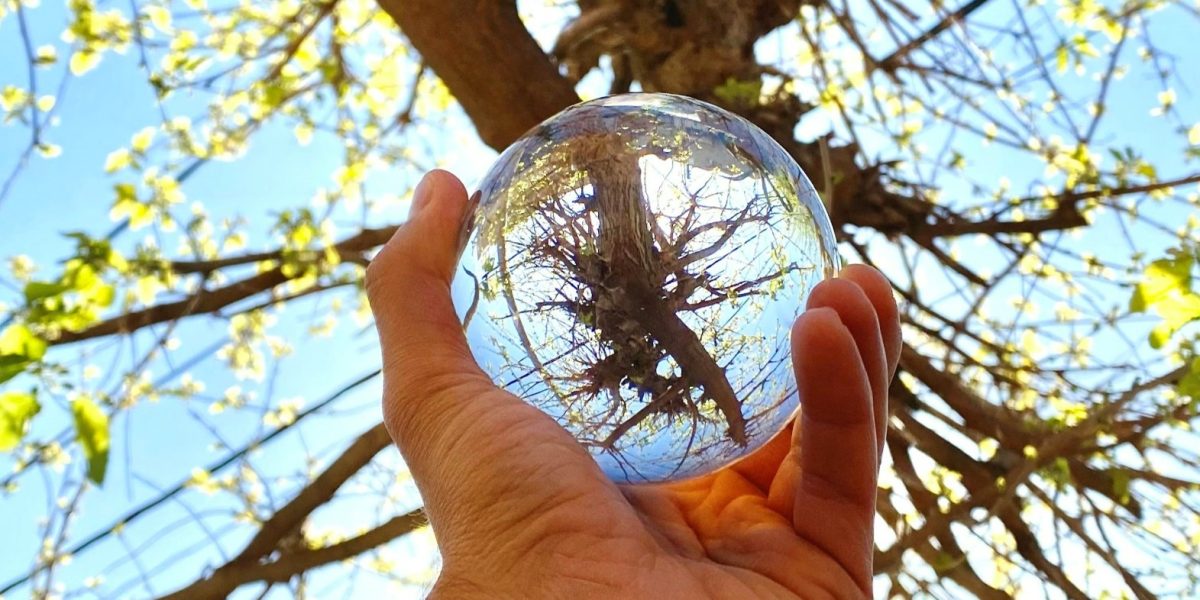Biosolutions
Revolutionizing Green Innovation for planetary health
As the environmental and economic challenges increase, biosolutions innovations that leverage biological systems to replace fossil based and energy-intensive processes are emerging as a cornerstone of a sustainable economy. From microbial fermentation replacing petrochemical synthesis to enzymes revolutionizing industrial production, biosolutions are reshaping sectors ranging from pharmaceuticals and agriculture to materials science and energy. However, protecting biosolutions with intellectual property can be challenging.
The importance of biosolutions
The interest for biosolutions is growing and receiving strong backing from both industry and research institutions – as evidenced for instance by the Novo Nordisk Foundation’s recent substantial investment in DTU to accelerate biosolutions. On the educational side, it is worth mentioning the University of Copenhagen’s new M.Sc in biosolutions as well as the new campus in Kalundborg focusing on bio-based production and biosolutions. These measures stem from the urgent need to replace conventional fossil-based processes by green alternatives and contribute to reinforce Denmark’s position as a global leader in sustainable biotechnology and mirror.
However, realizing the full potential of biosolutions requires more than scientific breakthroughs. Scaling these innovations from lab to market demands a robust intellectual property (IP) strategy, ensuring that the protection of such pioneering developments is strong enough to attract investments and drive competitive advantage. Securing strong patent rights is key to fostering investment, incentivizing research, and enabling the widespread adoption of sustainable, biology-based technologies.
Biosolutions – key sectors
Biosolutions encompass a broad range of biological innovations designed to replace or enhance traditional industrial processes. These solutions harness microorganisms, enzymes, plant-based systems, and synthetic biology to create sustainable alternatives to existing methods, which are often based on chemistry and have a high environmental impact.
Below are some examples of key biosolution sectors:
- Pharmaceuticals & Healthcare: Microbial and plant-based platforms are increasingly used for drug synthesis, vaccine production (e.g., virus-like particles), and bioengineered therapeutics.
- Agriculture & Food Technology: Innovations such as biopesticides, biofertilizers, and precision fermentation are reducing reliance on chemical inputs while enhancing food security.
- Industrial Biotechnology: Enzymatic and microbial systems are driving the production of bio-based materials, biodegradable plastics and biofuels, as well as waste valorization.
- Environmental Applications: Biosolutions play a critical role in bioremediation, carbon capture, and sustainable water treatment, directly contributing to planetary health.
Nevertheless, the path to commercialization is filled with IP complexities.
IP challenges
From a practical point of view, unless the products obtained are new to nature, they may be difficult to protect as such. The protection may have to be limited to a method of production or a host cell, which only provides indirect protection on the resulting product – this can impede detection of infringement.
Some jurisdictions restrict the type of biological material which can be patented, while others regulate access to traditional knowledge; the choice of where to pursue a patent application can thus be complex.
Biosolutions often build upon existing knowledge and may be at risk of infringing existing IP. Some genetic or biochemical technologies are protected by a dense web of patents held by multiple parties. In some cases, it is not even clear who may in fact hold a patent right due to ongoing, lengthy legal disputes – e.g. the CRISPR dispute – which makes it difficult to assess whether there is Freedom to Operate.
Accelerated Prosecution
A number of jurisdictions offer accelerated prosecution programs, which are directed specifically to green inventions – including microbial cell factories and how such are used to produce bio-based compounds. Such a program exists e.g. in Brazil.
Need to know more?
Please contact HØIBERG’s biosolutions & metabolic engineering expert Nadine Eckert-Boulet Bravo if you want to know more about how we can help patent your biosolutions invention.
